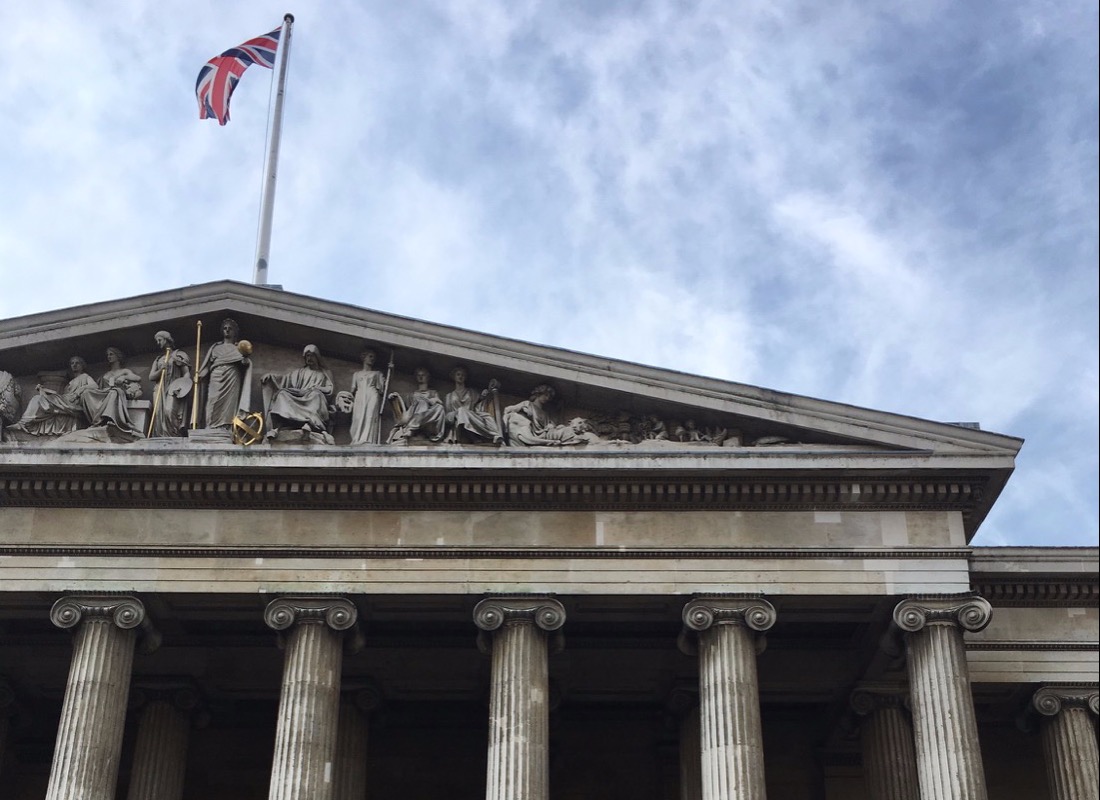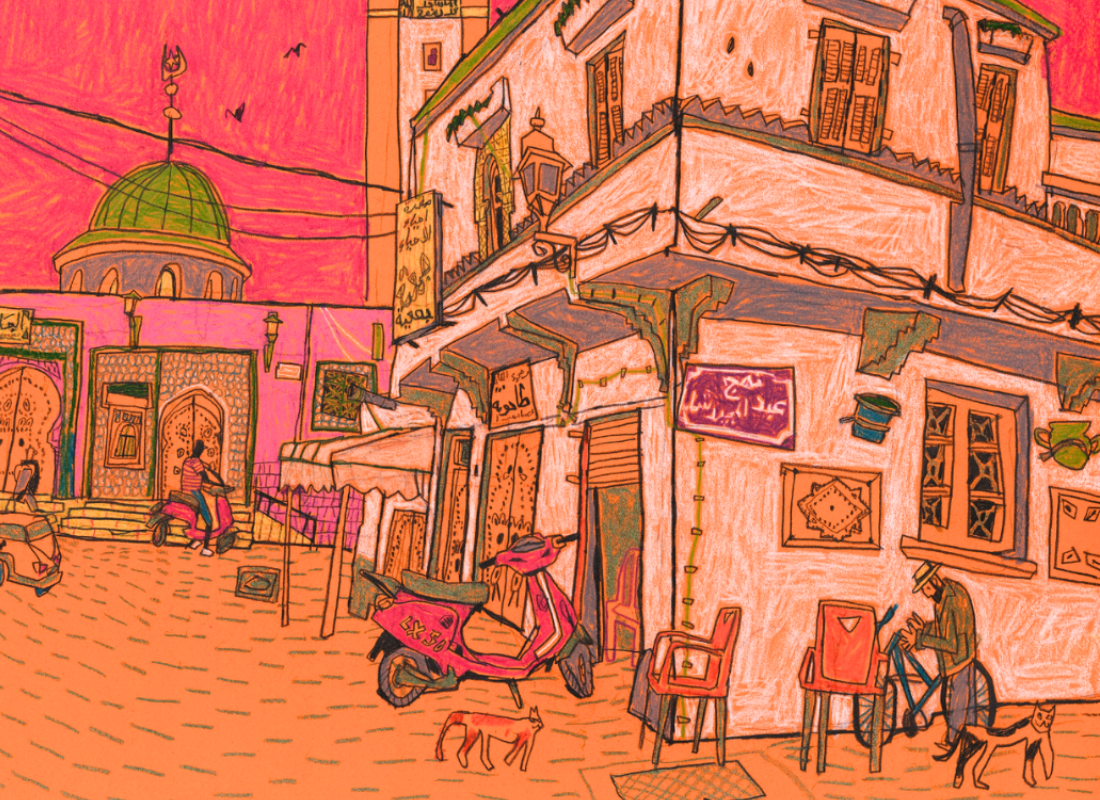
Young People in the Arts (YPIA) offers its members a fantastic range of opportunities, many somewhat astonishing. Recently, on a sunny spring evening, a number of us gathered outside the British Museum with the smug satisfaction of knowing we were shortly going to enter the revered institution after public opening hours. Not only that, but our small group was going to spend the next hour in the prints and drawings gallery with Olenka Horbatsch, The Monument Trust curator of Dutch, Flemish and German prints, who masterminded the extraordinary current exhibition Rembrandt: thinking on paper.
Rembrandt Harmenszoon van Rijn is one of the most universally famous artists. Born in 1606 in the university town of Leiden in the Netherlands, his work has been revered by generations of collectors and scholars. Perhaps most widely recognised are his paintings, in particular his astonishing self portraits, but arguably it is largely because of his skill as a draughtsman and print maker that he became so widely known.
As Olenka explained to us, Rembrandt produced around 300 etchings during his life and the British Museum, which has one of the best and largest collections of prints in the world, holds over 1000 impressions produced during his lifetime. In addition, the museum owns around 70 of his drawings, including one reckoned by David Hockney to be “possibly the best drawing in the world.†Such an extensive collection puts the institution in an almost unique position to mark this year’s 350th anniversary of Rembrandt’s death with a large display of works on paper from across his creative practice.
The exhibition is broad in subject matter, roughly divided between works from life and works depicting religious scenes plus landscapes. Olenka described realising, through the process of searching the collection to select works for display, that across Rembrandt’s oeuvre it is simply the freedom of the line, his thoughtful, ever-expressive draughtsmanship that is the overpowering theme, the constant across his long career, changing style and differing techniques.
Our whistle-stop tour touched on just a handful of the many works on display. Olenka pointed out a surviving printing plate for Reclining Nude Woman, 1658: the delicate etched copper plate, with its myriad of hatched black lines, is still strikingly vibrant. We hear that Rembrandt often utilised multiple techniques on one work, including finishing the details in one of his earliest printed self portraits Self-portrait bareheaded of 1629 by hand.
The print market was booming in the early 17th century. Olenka explained to us how Rembrandt utilised this growing appetite to great effect, creating an atmosphere of fevered demand for collecting impressions from each state. Exhibited side by side is Christ presented to the people of 1655, the lighter drypoint on Japan paper state I/VIII and the intensely dark drypoint on Japan paper with surface line state VI/VIII showcasing just how different two reworked versions of the same drawing can be.
Elsewhere in the exhibition, perhaps the most moving work is the poignant, touchingly intimate brush and brown wash sketch Young woman sleeping (Hendrickje Stoffels?) of c.1654, its loose wash suggestive of the tenderest of emotions. In addition, I have a fondness for landscapes which capture not just mood but weather, the dancing clouds and tangibly sharp rainfall in the entrancing The Three Trees of 1643 being among my favourite ever depictions of climate conditions.
Olenka ended our bespoke tour by taking us into the prints and drawings room, normally only open by appointment. Most generously, she shared with us a few of the gems of the wider British Museum collection, including Albrecht Dürer’s famous woodcut of 1515 The Rhinoceros. In all, it was a brief glimpse of the extraordinary.




.0af71f.jpg)
.ec8cc4.png)